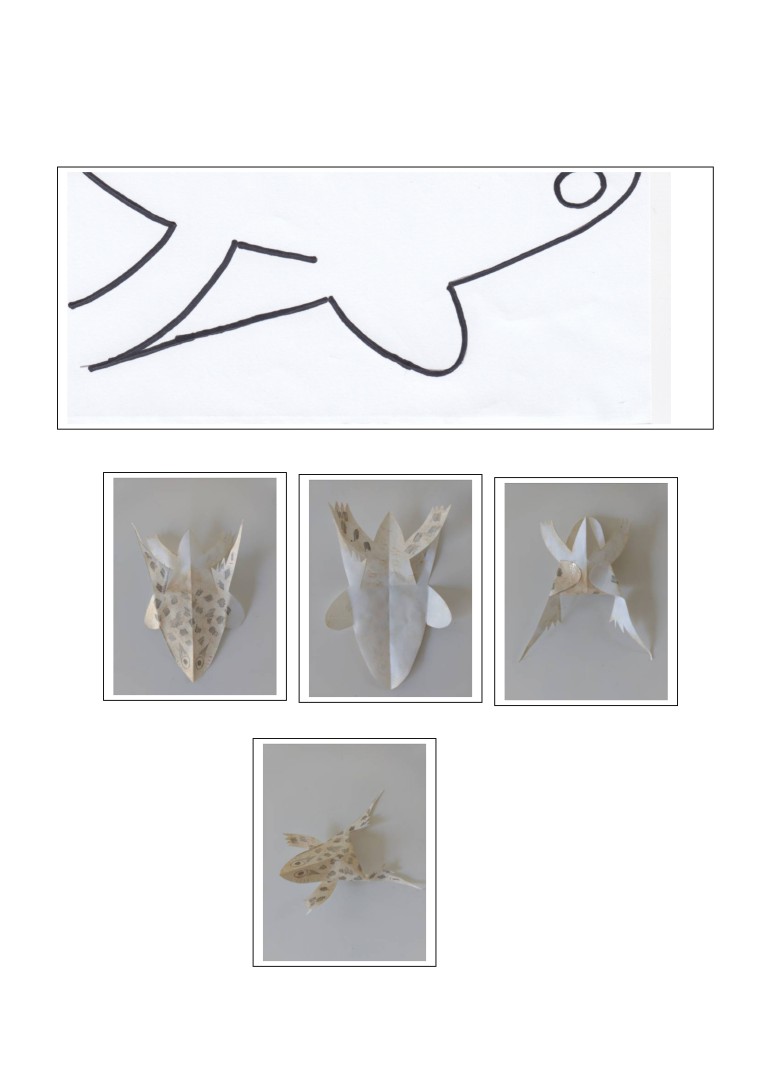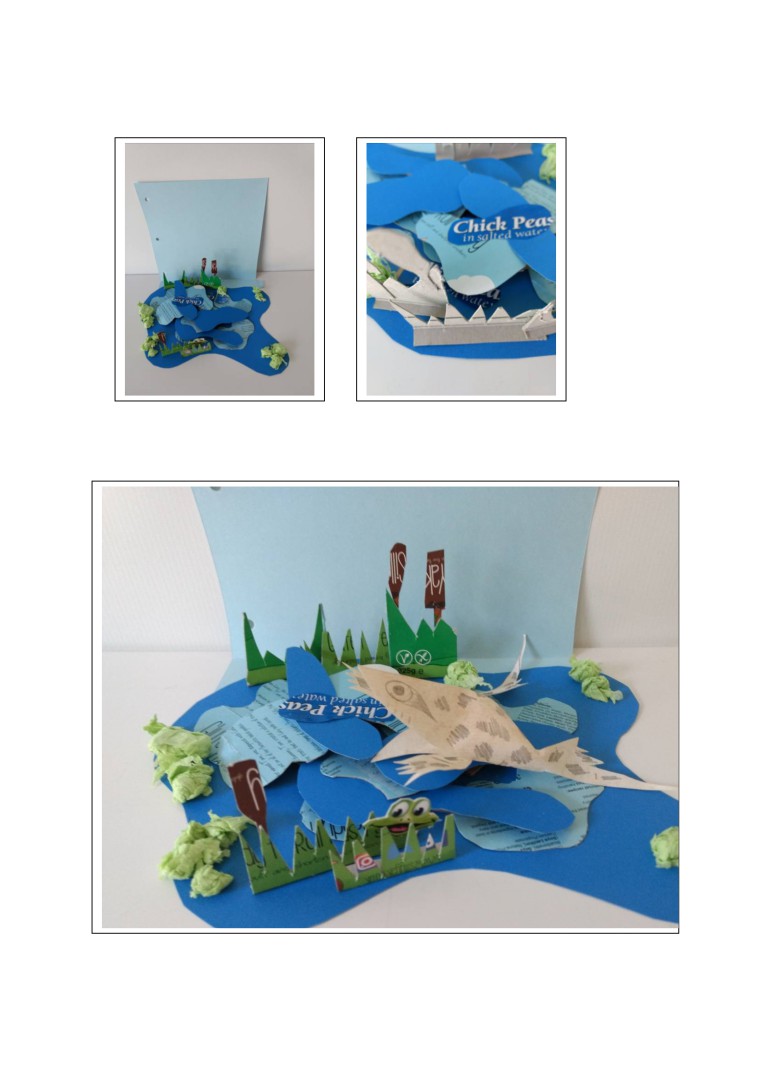
An idea from Auntie Gill gill@gillmcgregor.com
Auntie Gill Says
“Let’s look at……………Frogs”
Frogs are amphibians.
Frogs are known for their jumping abilities, croaking
sounds, bulging eyes and slimy skin.
There are more than 6,000 different frogs which live all over the world.
Frogs need to be around areas with a water source to reproduce.
Frogs will often eat any living thing that will fit into their mouths. This includes bugs,
spiders, worms, slugs, larvae and even small fish.
Find a picture of the Common frog which lives in this country and draw it.
Colour it to show its markings.
Look for a picture of the Blue Poison Dart frog which lives in Brazil and draw
and colour it.
Let’s make a picture of a frog.
For each frog, fold half a piece of A4 paper in half and draw around the
template and mark where the eyes are. A grown up may have to cut out the
shape for you. When you open it up you will see it is starting to look like a
frog.
The opposite end to the head is the underside of the frog’s mouth so if you
bend the shape to go underneath the head, you will see the front legs appear.
The rounded shapes either side of the head are the tummy flaps, which, when
stuck on the underside of the frog make it keep its shape. Cut indents into
the feet of the legs for effect.
Now you know how it is made an adult may need to explain which parts of the
cut out shape to colour before it is stuck together as you can’t colour the
body once it has been taped to make the frog. (I made pencil markings before
dabbing a used, cold tea bag to give its colour. Allow to dry. You will need a thick paper to be
able to do this as the tea bag liquid makes the paper very wet.)
Let’s make a pond.
With a piece of A4 card painted blue or blue card cut out a pond shape. Look
through your collection of saved empty boxes and labels and see if you can
find blue packaging. Cut into puddle shapes and use the raising technique by
taping rolled card underneath the shape before sticking to the pond you get
different heights of puddle shapes. I found a green serviette and tore it into
strips and screwed up the paper to make grass and stuck it to the pond’s
edge. The tall grass and bulrushes were cut of a used cardboard packet.
Make sure you have a flat bottom fold so you can stick the clumps of “grass”
to the ponds edge.
Can you write and draw a comic strip about a frog and show your
story to someone special.
Template is from a Michael Grater design © 1963


